Corporate mergers, acquisitions or unbundling initiatives are intended to bring about net wealth creation for shareholders. However, researchers have found that intended benefits rarely accrue to stakeholders as planned (apart from the shareholders of a business being acquired - who typically receive a premium to the market value (1)).
Realising potential benefits associated with economies of scale/ scope, market power, synergy or efficiency improvements (and other stuff they teach MBAs), are often easier said than done.
Fact is, the realisation of potential benefits depends largely on management teams’ ability to drive post-merger/ acquisition/ unbundling processes in an effective way.
Fortunately, help is available!
Numerous Business Architecture Techniques and Deliverables have been used successfully to inform executive decision-makers about the viability of deals before-hand, and to subsequently plan and deliver change initiatives.
One: Frame It!
An essential part of a Business Architect’s approach is to define a framework which can help individuals and teams to cope with the complexity and sheer volume of information and inter-relationships. Business Architects (or the good ones, at least) are also adept at using Modelling and Knowledge Management software tools to accelerate efforts associated with Data Gathering, Analysis - including identifying relationships and dependencies that might otherwise be overlooked - and Visualising and Sharing findings.
Two: Let’s Get Capable
Several case studies in business architecture literature have documented how Business Capability and Value Stream analyses have been successfully used as a basis for strategic value and process alignment across reporting structures and lines of business (2). And by assessing the appropriate degree of top-level process standardisation (or differentiation) and information sharing across business building blocks (the essence of the Target Operating Model), management teams have succeeded in identifying the top-priority change areas, to realise benefits from the merger/ acquisition/ unbundling (3).
Three: Make the Dog Wag the Tail
The beauty of rigorous Business Architecture techniques and deliverables is that they easily extend to IT Architecture efforts, to facilitate IT changes that often need to follow from merger/ acquisition/ unbundling initiatives.
1. Birkinshaw, J., Bresman, H. & Häkanson, L. (2000). Journal of Management Studies 37:3 May 2000
2. Ulrich, W., McWhorter, N. (2011). Business Architecture: The Art and Practice of Business Transformation. Meghan-Kiffer Press. Tampa, Florida.
3. Ross, J.W., Weill, P. and Robertson, D.C. (2006). Enterprise Architecture as Strategy. Harvard Business School Press. Boston, Massachusetts.
